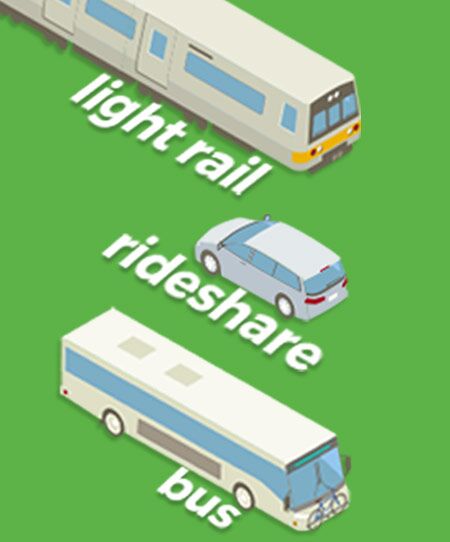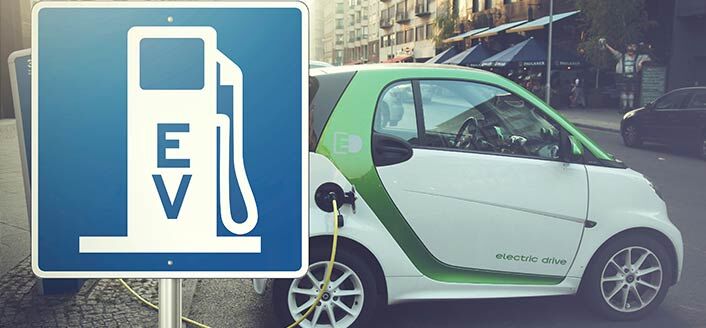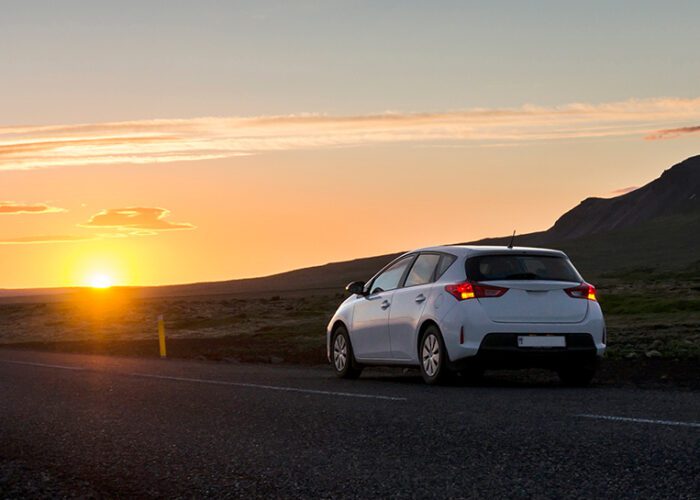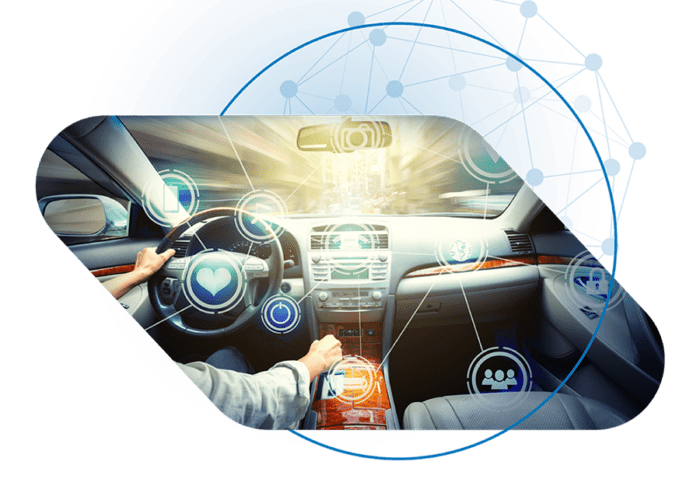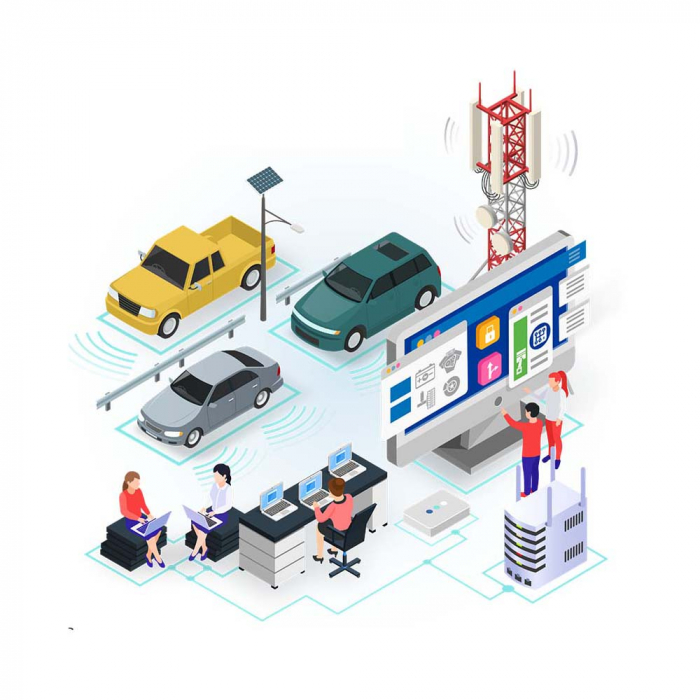While carbon emissions originate from multiple sources such as deforestation, agriculture, and industry, the largest contributor to carbon dioxide in our atmosphere is transportation. According to the Environmental Protection Agency (EPA), the transportation sector generated 28.9% of total greenhouse gas emissions in 2017. Cars, trucks, and other modes of transportation primarily run on fossil fuels, which exhaust CO2 when burned.
Electric Vehicles are a Long-Term Solution
The automotive industry itself is taking measures to reduce emissions by investing heavily in the development of electric vehicles (EVs). Reuters recently reported that automakers such as Toyota and Volkswagen have invested billions of dollars towardsEV development, despite EVs only accounting for less than 2% of new auto sales in the United States in 2018. It is clear that electric vehicles are a necessary long-term solution to reducing fossil fuel emissions in the transportation sector to zero. However, a road that is 100% filled with EVs is still many years away, and as long as electricity is generated by the burning of fossil fuels, EVs will still have a carbon footprint. If there is any chance of reducing the effects of climate change, action must be taken immediately to curb current CO2 emissions that comes from burning fossil fuels.
Cities Have a Responsibility to Curb Climate Change
Since transportation is the largest contributor to CO2 emissions, the majority of atmospheric carbon dioxide comes from cities. A recent study published in Environmental Research Letters found that 100 cities drive 18% of global CO2 emissions. As cities continue to grow, due to a combination of residential shift from rural to urban areas and the overall growth of the worlds population, carbon emissions will continue to increase. According to the United Nations, 55% of the worlds population currently lives in cities; by 2050, this proportion is expected to increase to 68%, a possible addition of 2.5 billion people to urban areas worldwide.
In order to reduce and reverse the effects of climate change, cities will have to adapt to expend as little carbon dioxide as possible. And with urban populations steadily increasing, the first carbon challenge that must be addressed is also one that is routinely at the top of the list for city planners: transportation.
Better traffic management solutions lead to less congestion in crowded cities, reducing commute times and cutting down on the amount of time each vehicle is in operation. To find better solutions, cities are investing in the Internet of Things (IoT) to develop smart infrastructures that will help monitor and manage the flow of traffic. These IoT innovations in traffic technology are part of a larger global initiative that is set to evolve urban centers toward a more connected future: the smart city.
Sensor Technology for More Efficient Driving and Parking
Traffic congestion is the result of unpredictable reactions to an ever-changing environment. As long as the human element is present in operating a vehicle, there will be traffic. While self-driving cars are not far in the future, the building blocks of their technology can be deployed today to help drivers reduce time spent driving, effectively lowering each vehicles carbon footprint.
The building blocks of a smart city are sensor technology and wireless connectivity. When combined with smart features on automobiles, they form a vehicle-to-infrastructure (V2I) communication network that can navigate drivers around hazards, congested areas, and other obstacles that increase time spent in the car.
IoT-enabled smart traffic lights can collect traffic data and use machine learning to devise efficient traffic control schemes. V2I communication can also direct drivers to open parking spaces to mitigate the time a driver spends looking for a place to park. All of these smart infrastructures can be outfitted with IoT sensors designed to monitor pollution and air quality, pinpointing the areas that need special attention to reduce carbon emissions.
How Mobility as a Service Reduces the Number of Cars on the Road
In the past, cities have offered carpooling incentives and made improvements to public transit in order to reduce the number of cars on the road. Now, as part of IoT-enabled smart city initiatives, urban areas are expanding these efforts into wider Mobility as a Service (MaaS) solutions.
Beeline, a crowdsourced bus service app operating in Singapore, uses IoT to devise routes based on community demand and transportation data analysis. Using anonymized data collected from both their users and the government, Beeline creates an adaptive transportation network that changes in step with the citys needs, leading to more efficient public transport that helps to reduce private car usage.
MaaS allows residents to commute through a smart city as efficiently as possible without adding another vehicle on the road. When combined with wider smart city initiatives such as V2I and sensor technology, municipalities can gather valuable data that help improve traffic flows, manage MaaS distribution, guide maintenance decisions, and facilitate emergency crew deployment. All of these improvements will result in fewer cars on the road and fewer unnecessary trips by the vehicles that are there, leading to an overall reduction of CO2 emissions.
Smart City Traffic Reduction is Only One Part of the Solution
Like all climate initiatives, IoT-enabled traffic reduction is only one tool in the global fight against climate change. It will take a coordinated effort from governments, private companies, and individuals around the world to take the global climate crisis seriously and back the implementation of effective solutions.
Aeris believes in the power of IoT for good, and we are committed to providing the connectivity infrastructure to support the lowering of carbon emissions the world over. Our newly-expanded Aeris Intelligent IoT Network comes with more functionality and security than ever before, with future-proven technologies that provide developers with the tools to actualize their biggest IoT ideas through dynamic, scalable, always-on connectivity options.
To learn more about the Aeris Intelligent IoT Network and how it can help you in your next big idea, contact Aeris today.
